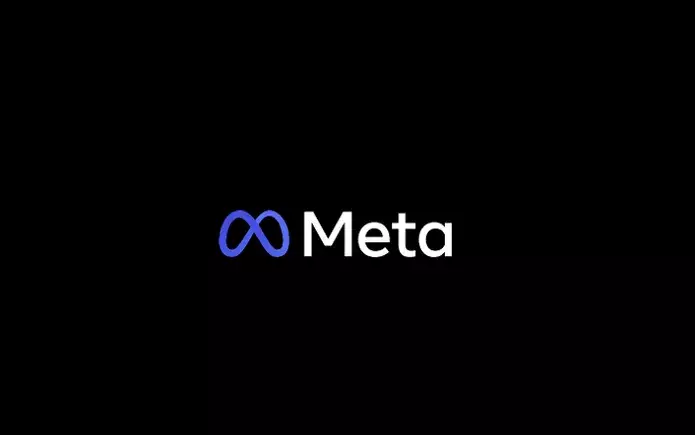Meta has recently made a significant change that could impact how advertisers target their audiences on the platform. Detailed targeting exclusions have been removed as an option for all new campaigns. While this may seem like a drastic measure, Meta’s decision is based on data and the belief that their advanced AI systems can better target the right audience without these exclusions in place.
The Impact of Detailed Targeting Exclusions
Previously, advertisers had the ability to exclude certain demographics, interests, and behaviors from their ad audience using detailed targeting exclusions. This feature was intended to help advertisers refine their target audience and improve ad performance. However, Meta found that over time, these exclusions were actually limiting the effectiveness of ad campaigns.
Meta’s ad targeting systems have evolved significantly, thanks to their advanced AI technology. These systems are now more adept at displaying the right ads to the right users at the right time, ultimately improving overall campaign performance. As a result, detailed targeting exclusions have become a hindrance rather than a helpful tool for advertisers.
In Meta’s own testing, the median cost per conversion for ad campaigns improved by 22.6% when detailed targeting exclusions were removed from the mix. This data suggests that advertisers may not always know best when it comes to targeting their audience, and trusting Meta’s AI systems could lead to better results overall.
Meta first announced changes to its ad targeting exclusions earlier in the year, but plans were quickly reversed. Detailed targeting exclusions are no longer available for new campaigns, and existing campaigns using audience exclusions will remain unaffected until January 31, 2025. This gives advertisers time to adjust their strategies and explore alternative exclusion options.
While the removal of detailed targeting exclusions may seem like a setback for advertisers, it aligns with Meta’s future vision of automated ad campaigns. In the future, advertisers may not have to do any manual work to create an ad campaign, as Meta’s AI system will generate optimized ads based on product URLs. This may seem counterintuitive, but Meta’s system is built on extensive ad and audience engagement knowledge.
Meta’s decision to remove detailed targeting exclusions is a game-changing move that reflects the platform’s commitment to innovation and efficiency. Advertisers should embrace this change and trust that Meta’s advanced AI systems will continue to deliver strong results. By staying ahead of the curve and adapting to these changes, advertisers can maximize the impact of their campaigns on the platform.


Leave a Reply